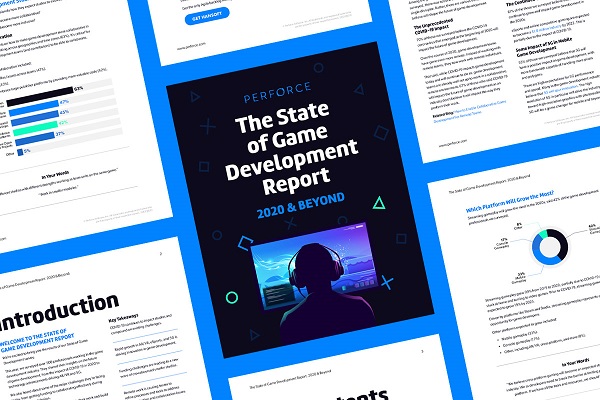Survey of nearly 600 automotive development professionals finds fulfilling every ISO 26262 requirement to be the top safety concern; security and quality were also top of mind.
MINNEAPOLIS, May 19, 2022 – Perforce Software, a provider of solutions for enterprise teams requiring productivity and visibility at scale within the SDLC, released the results of its annual State of Automotive Software Development survey conducted in partnership with Automotive IQ. Close to 600 automotive development professionals across the globe provided responses to current practices and emerging trends within the industry. Key findings suggest a growing concern for automotive software security, while the automotive vehicle market continues to rapidly evolve.
With the continued growth of autonomous, semi-autonomous, electric, and connected vehicle segments, software is even more central to automotive development. The increasing amount of software installed in vehicles can lead to more safety and security considerations during the development process. In fact, 76% of automotive developers have adopted or are in the process of adopting a shift-left strategy to identify software security and safety vulnerabilities as early as possible.
In addition, the survey found that automotive developers’ top three leading concerns are safety (34%, a decrease of 9% from last year), security (27%, an increase of 5% over last year), and quality (25%, and increase of 4% over last year). Of those most concerned with safety, 46% said their biggest concerns are the difficulties and time required to fulfill every ISO 26262 requirement.
“Safety continues to be the automotive software industry’s key priority, but security concerns continue to rise as the need to protect automotive electronic systems, communication networks, and software grows,” said Perforce Vice President of Product Ido Benmoshe. “OEMs and their supply chain partners want to prevent costly and malicious attacks, unauthorized access, or manipulation to automotive systems, and ensuring their code is secure is the first step to mitigating those incidents.”
Autonomous, semi-autonomous, electric, and connected vehicle development is also greatly impacting development teams. The majority of teams are working on autonomous and semi-autonomous components (82%, an increase of 38% over last year), electric components (87%, an increase of 39% over last year), and connectivity components (83%, an increase of 34% over last year) to some degree.
Another notable finding was that 86% use a coding standard to ensure safe, secure, and reliable code — with 46% of those surveyed using a static code analysis tool to aid in compliance, and 31% use a SAST tool to ensure secure software.
“Organizations across the automotive industry continue to work toward meeting the highest levels of quality,” said Director of Compliance Jill Britton. “With the rapid growth of the electric and autonomous vehicle segments, compliance to safety and security standards is going to be more important than ever.”
The full results of the survey are available in the 2022 State of Automotive Software Development Survey Report.
